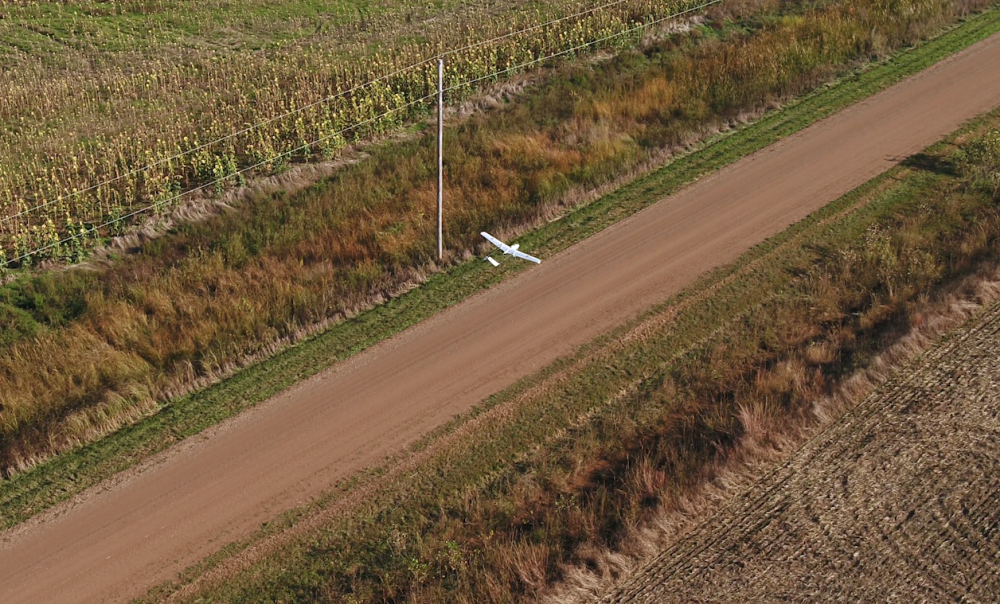https://youtu.be/FB9c84ZlIDc
The Kansas Department of Transportation’s (KDOT) Unmanned Aircraft Systems (UAS) Integration Pilot Program (IPP) has successfully completed the first beyond-visual-line-of-sight (BVLOS) drone operation using only onboard detect-and-avoid systems.
The flight mark the first time under Part 107 the FAA has authorized an operation to fly BVLOS without a requirement for visual observers or a ground-based radar. The FAA’s approval for the flight was granted based on the utilization of Iris Automation’s detect-and-avoid system, called Casia, which provides commercial drones with automated collision avoidance manoeuvres.The nine-mile flight was conducted by a fixed-wing drone and allowed a Kansas State University Polytechnic Campus team and Iris Automation flight team to inspect power lines in collaboration with the state’s largest energy provider, Evergy, Inc. In the first two days of flights, the team completed more than 150 miles BVLOS.
Historically, all FAA-issued Part 107 BVLOS waivers have required visual observers or ground-based radar. These mitigations limit the possibility of true BVLOS flights, as they are typically prohibitively expensive and limit operations to pre-defined corridor areas with radar coverage.
This approval is the first of its kind for long line linear infrastructure and is the first step to enable routine commercial infrastructure inspection across the state.
“This program supports the President’s commitment to foster technological innovation that will be a catalyst for ideas that have the potential to change our day-to-day lives,” said U.S. Transportation Secretary Elaine L. Chao.
The milestone operation is the collaborative effort of the 31-member Kansas UAS Integration Pilot Program (IPP) team efforts to advance drone technologies, and includes K-State Polytechnic, Evergy, Iris Automation and KDOT.
“This marks the first true BVLOS flight in the nation and is a tremendous milestone for the drone industry,” said Iris Automation CEO Alexander Harmsen. “We see this as one of the most notable accomplishments to come from the IPP program to date. We’re thrilled to set the precedent and bring our industry’s utilization of drones from dream to reality.”
The Iris Automation Casia system is a turnkey solution that detects, tracks and classifies other aircraft and makes intelligent decisions about the threat they may pose to the vehicle. It then triggers automated maneuvers to avoid collisions, and alerts the pilot in command of the mission. The tool is being used by customers globally, including in regulatory programs around the world.
“We are excited to be a part of this team of UAS pioneers,” said Kurt J. Carraway, UAS Executive Director of the Applied Aviation Research Center at K-State Polytechnic. “The hard work of this team creates a gateway for utility companies such as Evergy to create efficiencies in transmission line inspections using unmanned aircraft. We look forward to leveraging this opportunity to document safe operations of this nature, which will lead to creating state-wide access to this technology.”
Source: Press Release

